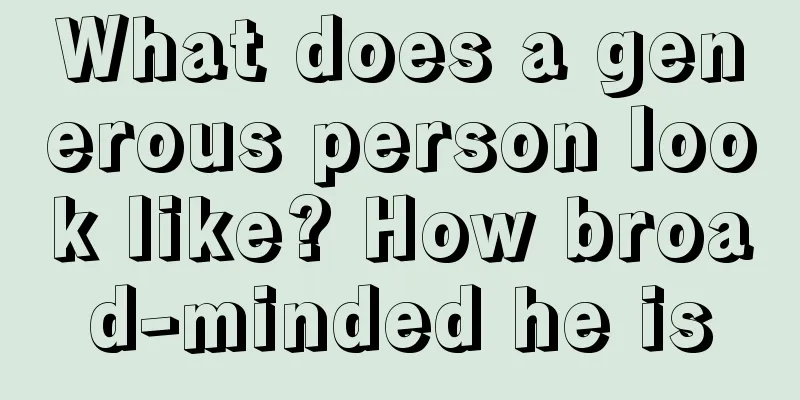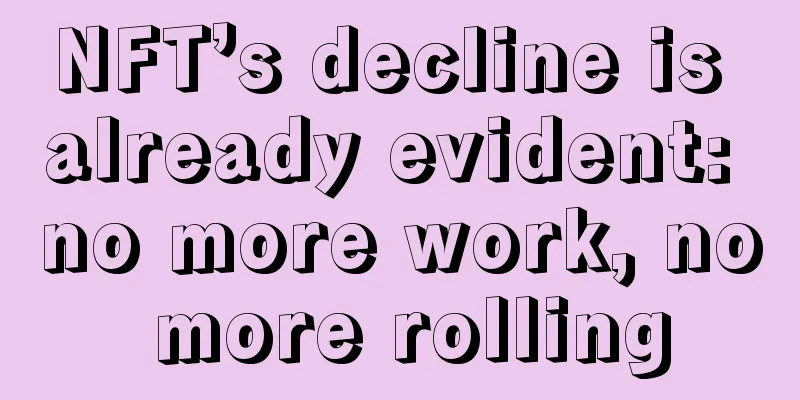Smart contracts face ‘imminent challenges’ as ‘code is law’ faces controversy

|
If a certain repetitive task can be replaced by self-executing blockchain code, that doesn’t mean that code should do so. Yesterday, some Wall Street insiders and blockchain innovators gathered at New York Law School in Manhattan to discuss when smart contracts are good, when they are bad, and what is holding back the technology’s widespread adoption. Ari Juels, a professor at Cornell University and co-director of the Cryptocurrencies and Contracts Initiative (IC3), said:
During a panel discussion about implementing legally sound and secure smart contracts at the event, hosted by the Wall Street Blockchain Alliance, Juels broke down the obstacles facing the technology into two broad categories: First, the industry’s confidentiality has created a barrier : While financial institutions and other industry players praise the technology’s transparency benefits, they are hesitant to put their information on the blockchain. In resolving this divergence of ideas, Juels saw two main directions in which the situation could develop. First, he listed software solutions for running zero-knowledge proofs , such as the zk-SNARK technology used by Zcash, which allows the other party to a contract to control how much information they share and who can see it. Second, he outlined a hardware solution . Specifically, Juels said Intel's Software Guard Extensions (SGE) would help strike a balance between confidentiality and transparency. Intel’s Sawtooth Lake is based on a consensus algorithm called PoET (Proof of Elapsed Time) and is designed to run in a trusted execution environment (TEE), including Intel SGX.
Ensuring the accuracy of smart contractsSecond, another 'imminent challenge' facing smart contracts is accuracy . Joshua Ashley Klayman, special counsel in Morrison & Foerster LLP’s finance and projects team, said the question can be phrased this way: “How can you ensure that the code matches what you had in mind in the contract?” Juels believes that widespread use of bug bounties could help uncover inaccuracies in code, as well as so-called 'escape hatches' that prevent contracts from executing in certain circumstances. Klayman says the answer to the accuracy problem is simplicity. Klayman, who is also a founding member of the firm’s blockchain and smart contracts team, said:
However, there is an underlying quality of smart contracts, which is what Juels calls the need for accuracy. Smart contracts must also be updatable and interpretable. 'Code is law' debatedOne of the strengths of smart contracts is their incredible accuracy, but this is also their weakness, Juels said. An extreme example of this is the so-called ‘code is law’ philosophy, where there is no natural language counterpart to blockchain smart contracts. As the first large-scale use of smart contracts, The DAO could not repair its own code once it was launched, because changing the code would be equivalent to changing the terms agreed upon by existing users. As a result, when The DAO was attacked, funds slowly drained away, and its cryptocurrency community was helpless until a more drastic solution was implemented - a hard fork. Preston Byrne, COO and general counsel at Monax Industries and a long-time critic of smart contracts, described the ‘code is law’ philosophy as ‘buzzy marketing’ nonsense uttered by ‘non-lawyers’. Adjoint founder and CEO Havell Rodrigues explained that the next generation of smart contracts must be able to give at least a little bit of access to the community that uses the smart contracts. Rodrigues said:
Bad Smart ContractsThis group of blockchain professionals also addressed the issue of what not to do and what not to create during the smart contract creation process. Generally speaking, the value that smart contracts bring will only be proportional to how often they are used, so using a contract once and using a contract rarely are unlikely to be valuable use cases. At the same time, the value of smart contracts is only as valuable as the intermediaries they disrupt, so counterparties that require no or minimal intermediaries are less likely to use smart contracts. However, when smart contracts are created, they are not always done in accordance with the design principles. When asked what kind of smart contract ideas are inappropriate, Juels said that smart contracts actually bring a lot of opportunities for criminal activity. Standard Smart ContractOn the path to widespread adoption of smart contracts, there are more hurdles to overcome and resources to avoid. In another presentation, Mike Meriton, founder of the Enterprise Data Management (EDM) Council, argued that smart contract standards currently under development will be the final step in their widespread adoption . Last week, SWIFT unveiled its own proof-of-concept, using Byrne’s Eris software and the Tendermint consensus engine, designed to demonstrate how the ISO20022 standard could function on a blockchain. Earlier this year, the Bankers Association for Finance and Trade (BAFT) expanded its own blockchain standards discussions with a major hire. Shortly after, the European branch of the International Securities Association’s Institutional Trade Communication (ISITC) proposed 10 blockchain benchmarks. While previous blockchain standards work appears to have focused on blockchain interoperability, Meriton said that the EDM committee’s Financial Business Industry Ontology (FIBO) project has been aimed squarely at smart contracts in general. The non-profit trade association, which has more than 200 members, is currently in an advanced proof-of-concept phase with the FIBO standard, which is based on the actual language of traditional contracts and is designed to handle the large processing requirements of frequently traded cross-platform contracts. Meriton said:
The EDM founder said he is currently in talks with Digital Asset Holdings, Consensys and R3, and was testing with Wells Fargo, State Street and Deutsche Bank earlier this year. He expects to create some proofs of concept based on the standard, which will be launched in late 2017. |
<<: Will the Lightning Network Save or Destroy Bitcoin?
>>: Coin Zone Trends: Bitcoin Price Trends Based on Big Data This Week (2016-12-02)
Recommend
What kind of facial features do people with wealth and nobility have?
A person's destiny can be seen from his face....
Is the "川" pattern between eyebrows a blessing or a curse?
As we all know, people will get wrinkles once the...
Frequent fluctuations in the $25,000 range in "Bloody September" Bitcoin potential analysis
At the beginning of September, White Dew is appro...
What kind of women marry rich businessmen? These are the women who must marry rich people.
Nowadays, many women are very capable and can do ...
Why do women with bad noses have bad luck in marriage?
Why do women with bad noses have bad luck in marr...
Samsung confirms production of cryptocurrency mining chips
Rage Comment : South Korean technology giant Sams...
The Qtum development team has integrated the POS 3.0 consensus mechanism into Bitcoin Core V0.13
Preface: Today, the Qtum development team has int...
Report: Bitcoin price drop forces 20% of miners to shut down equipment, miners' gross profit margin dropped to 39% last week
The latest report from research firm Diar points ...
Is it good to have a round face?
Is a round face good? A round head and big ears a...
4 types of ruthless and heartless faces, please stay away from them
As the saying goes, "You can know a person&#...
Be aware of several major misunderstandings before adopting blockchain
Baozou Comment : The author of this article is a ...
A complete explanation of the career line on women’s palms. How to read the career line?
In palmistry, the career line is the line that ri...
Bitcoin becomes Apple Pay's main competitor
Over the past year, Apple Pay has been heralded a...
「Zhikuang University Q&A」What is a block withholding attack?
Column Introduction "Zhi Kuang University Q&...
The character and fate of a woman with three white eyes. Is it good for a woman to have three white eyes?
What is the personality of a woman with three whi...









